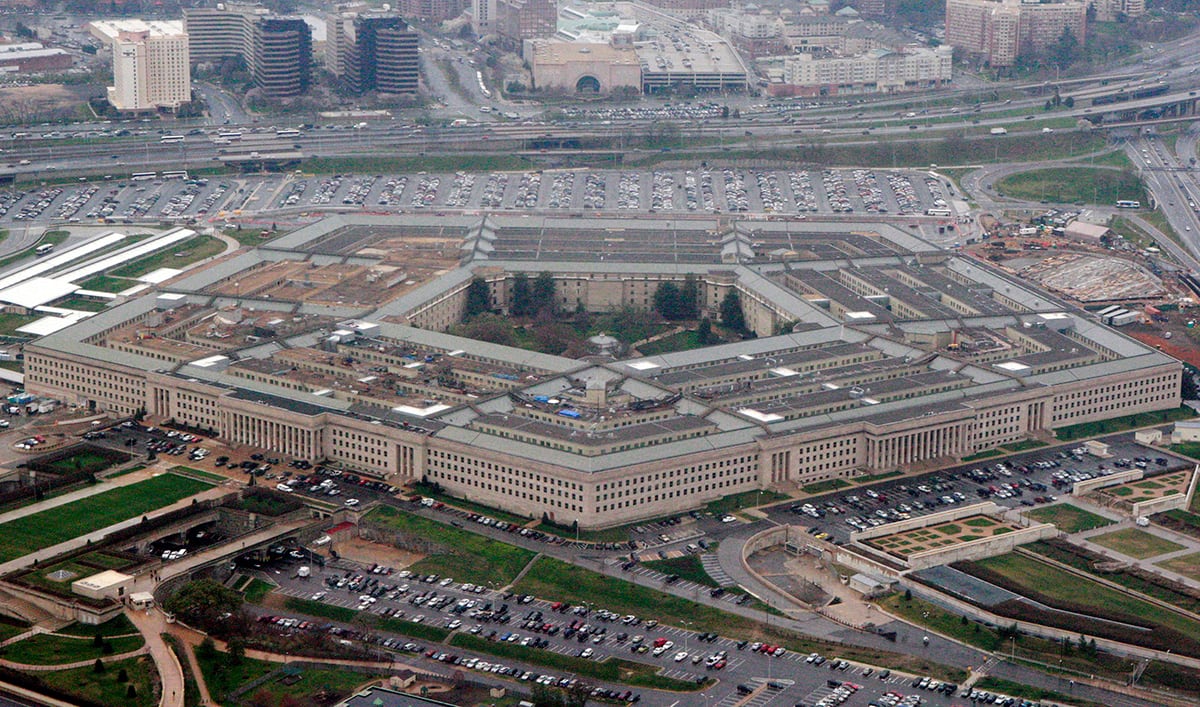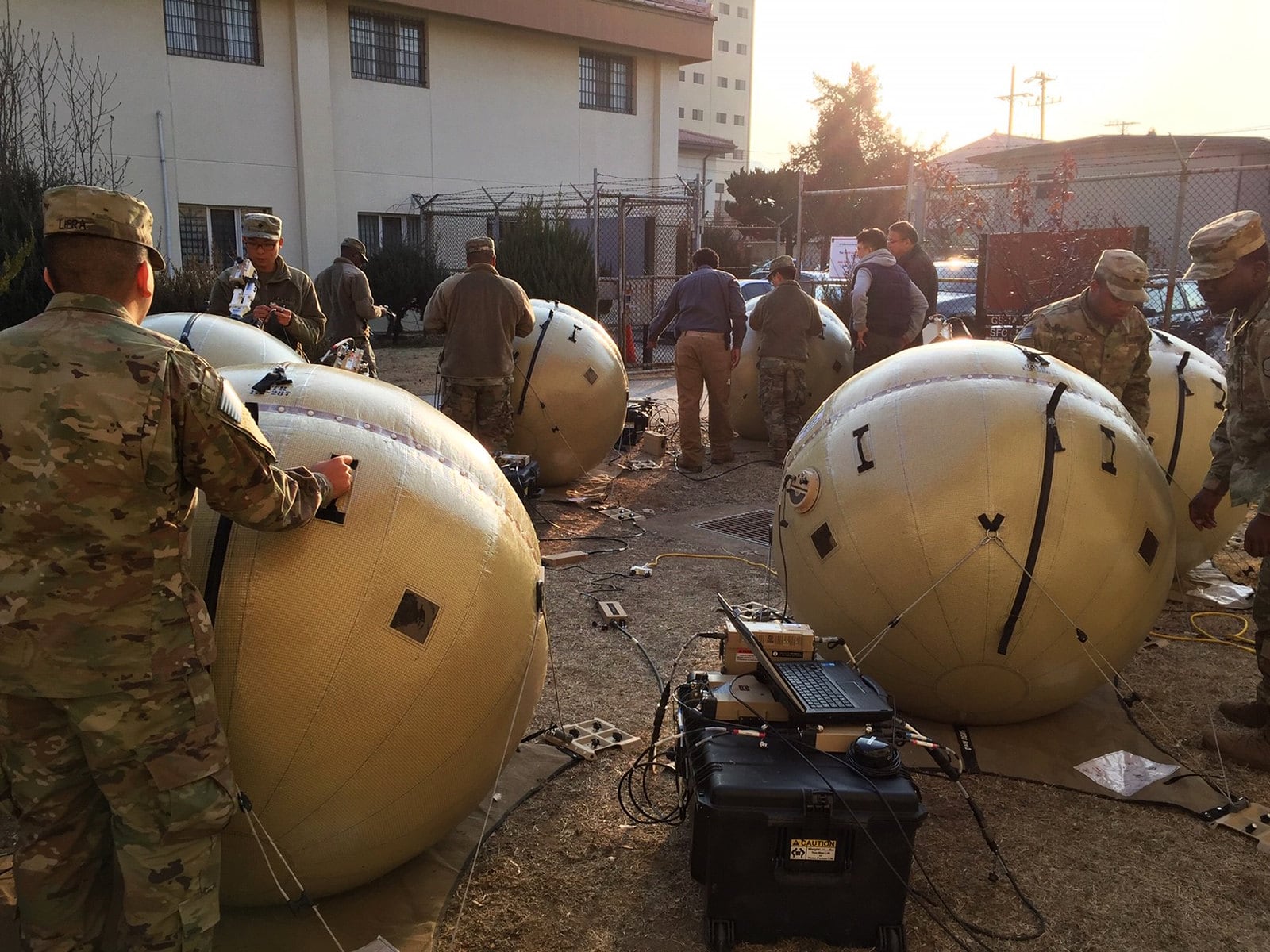Virtually every aspect of American national security, including the detection of threats, the use of weapons, the deployment of forces and their resupply, is now dependent on the integrity of critical space-based capabilities.
In defense parlance, those systems are known as command, control, communications, computing, intelligence, surveillance and reconnaissance (C4ISR) and integral and expeditionary logistics.
Both our major adversaries, China and Russia, have placed a high priority on developing superiority within the electromagnetic battlespace with already demonstrable capabilities in electronic and cyber warfare.
Cyberattacks on space-based systems can produce data loss, service disruptions, sensor interference or the permanent loss of satellite capabilities. An adversary could potentially seize control of a satellite through a cyberattack on its command-and-control system, subtly corrupt the data it provides, or even redirect its orbit, essentially transforming it into a kinetic weapon against other space infrastructure.
RELATED

According to a recently released Royal Institute of International Affairs report, “Cybersecurity of NATO’s Space-based Strategic Assets,” it is not just American tactical systems that are vulnerable, where, for example, during the invasion of Iraq in 2003, 68 percent of U.S. munitions were guided using space-based technology.
It also affects confidence in the performance of our strategic systems without which we could not effectively defend ourselves, such as disrupting the automated responses of missile defense systems, or deceiving us into miscalculation, quite literally, stumbling into war.
Just this month, Iran was reportedly jamming the Global Positioning System navigation system to divert ships into Iranian territorial waters. Russian forces have also been jamming GPS systems in the Middle East including those of advanced U.S. F-22 and F-35 fighters stationed near Iranian airspace.
The report warns that “the increasing vulnerability of space-based assets, ground stations, associated command and control systems, and the personnel who manage the systems, has not yet received the attention it deserves.”
RELATED

Major vulnerabilities increase exponentially with the use of commercial products for military purposes, the incorporation of dual-use technologies and the proliferation of private communication satellites.
In her book “Space as a Strategic Asset,” Joan Johnson-Freese notes that during the of 2003–11 Iraq War, there was a 560 percent increase in U.S. reliance on commercial satellites for military purposes.
Although the Federal Communications Commission regulates commercial satellite infrastructure, it does not require applicants to demonstrate how they will cyber-harden their satellites, nor is there an overall federal policy or oversight agency concerned with securing commercial space assets.

The Royal Institute’s report contends that the extent of the present gap between U.S. space cybersecurity and the existing threat is such that our satellite network should be considered already compromised and efforts should focus on resilience measures and a sense of urgency regarding the development of advanced techniques to identify and respond to the ever-increasing number of cyberattacks.
The future of warfare will be defined by emerging technologies, including artificial intelligence (AI), quantum-based cryptography, quantum computing and the evolution of space-based internet infrastructure.
While the U.S. government is struggling to organize its AI strategy, China is executing an extremely aggressive multibillion-dollar plan for government investment into AI research and applications.
RELATED

The Chinese military considers “space dominance” a prerequisite for “information dominance.” As part of China’s AI effort, Beijing has invested vast sums of money into quantum technological development and is coupling it to an extremely ambitious space program. Chinese strategists regard the ability to use space-based systems, and to deny them to the enemy, as “central to modern warfare.”
In 2016, China delivered a second “Sputnik” shock to the U.S. when it launched the world’s first quantum communications-enabled satellite.
Nowhere is the cyberthreat more urgent than in the code-cracking ability of quantum computing for everything from routine public key e-commerce transactions to the most sophisticated American terrestrial, maritime and space-based defense encryption systems.
China is building the world’s largest and most advanced quantum research facility to develop “revolutionary” forms of technology that can be used by the military for cryptology, stealthy submarine navigation and “unhackable” quantum communication systems.
America’s answer to China’s quantum computing threat resides in lattice-based cryptography, which can provide algorithms that are secure from quantum-computing attacks. It is also the only post-quantum encryption option that is also fully homomorphic; that is, allowing computation on encrypted data without ever exposing that data. That feature is especially important when large data sets are involved, such as efforts to advance machine learning and artificial intelligence.
In 2018, the Pentagon elevated United States Cyber Command to the status of a full and independent unified combatant command, recognizing that cyberwarfare constitutes a unique theater of combat.
Last week, President Donald Trump launched U.S. Space Command, acknowledging the importance and the centrality of space communications and infrastructure to America’s security and defense.
It will be the responsibility of Congress to bridge the technological investment gap, while United States Cyber Command, U.S. Space Command and an engaged commercial sector must integrate space-cyber defense activities to meet the challenges posed by America’s 21st century technological adversaries.
Lawrence Sellin, Ph.D., is a retired Army Reserve colonel, an IT command and control and cyber security subject matter expert and a veteran of Afghanistan, Iraq and a humanitarian mission to West Africa. He receives email at lawrence.sellin@gmail.com.





